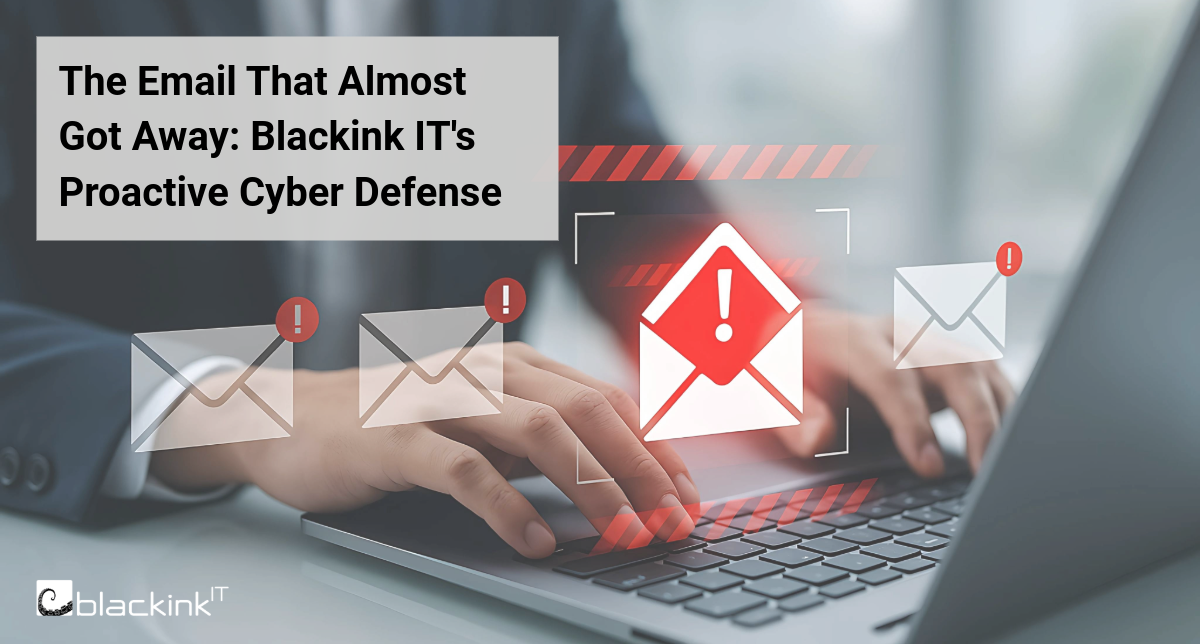Employee engagement determines the connection employees feel towards the work they do, their colleagues, and their company. It is one of the most important indicators for talent retention, better work culture, reduced staff turnover, increased productivity, and company profitability. And yet, only 33% of U.S. employees reported feeling engaged at work (Gallup 2022). Miranda Nicholson, VP of HR Services for Milestone, shares her insight on how companies can motivate their employees and remain competitive. Retaining talent and creating a space where people want to come to work is a top priority in your business strategy.
Navigating Remote and Hybrid Work Environments
If you have been in the workforce over the last two years, you’re familiar with remote work. Many companies have adopted this work style for their day-to-day, although they may not have a strategy around employee retention. Miranda shares, “Start with curiosity and create a mechanism for feedback. Ask your employees what they like about working remotely, their challenges, and what tools would help them get their jobs done, effectively communicate, collaborate, and socialize with their former in-office coworkers and direct reports.” Once these answers are established, engage leadership and management teams to develop a plan of action. Your team members want to help you build a successful company and company culture. Asking employees for their input enables the team to be more “engaged, trusting, and transparent.”
Leadership’s Role in Employee Engagement
“Engagement starts at the top.” It’s important to understand what role you play on the team to achieve your employee engagement and retention.
· It’s the CEO’s job to cast a vision their teams can see themselves working together to achieve.
· It’s the Leader’s job to translate that vision into action.
· It's the Manager’s job is to build confidence in the vision and goals by supporting, stretching, and developing their team members to grow as the company grows.
Without a vision and mission that enables and empowers employees, “engagement efforts will fall flat.” When employees can visualize their path and have a supportive manager to help them get there, you’ve unlocked the key to greater engagement, leading to high performance.
Talent Retention
So, you hired your new employees, what’s your plan to keep them? Miranda speaks to the five pillars of engagement: Meaning, Impact, Growth, Connection, Autonomy. When creating a strategy, determine what you do today that supports, fosters, and detracts from employees’ feelings regarding those pillars. Start with hunches and then confirm them through surveys. If you’re still unsure where to start, give Milestone a call. We’ve got engagement experts on staff that can help you build your engagement strategy that supports your overall business strategy.
Upcoming Trends
There will be new trends that competitive companies should be anticipating regarding employee retention over the next year and beyond. Miranda explains the idea of increased flexibility, like 4-day workweeks, wellness benefits, such as mental health stipends and subsidized gym memberships, and formalized Learning and Development opportunities. At Blackink IT, we focus on efficient and updated technology to increase flexibility. Proactive organizations will see returns on investment in the form of innovation, higher performance, and increased revenue.



.png)


